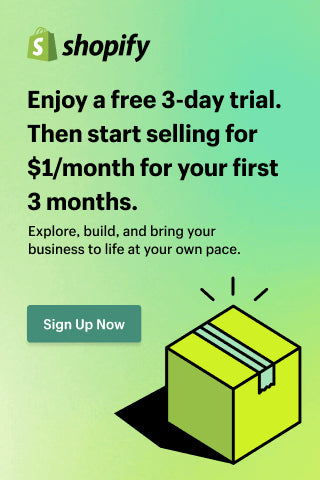Shopify Plus Tiered Pricing & Wholesale Solutions
More and more brands are selling with Shopify, and the nature and markets of these merchants are evolving. Brands on Shopify solutions not only cover those in traditional Direct-to-Consumer sales (D2C) but also for businesses who work in wholesale & B2B sales as well. Often, high growth brands are catering to both markets.
There is a built-in, default feature in Shopify - called the Wholesale channel - that can be used to facilitate B2B sales. However, for bigger retailers or those wanting to grow the B2B section of their business, a more strategic solution is creating a separate custom store that can be designed and catered to the specific requirements of B2B transactions.
WHAT ARE THE ADVANTAGES OF A SEPARATE WHOLESALE SHOPIFY STORE?
There's a host of reasons we would recommend a separate wholesale experience rather than some of the more manual or traditional ways that online retailers manage wholesale;
Consistent brand experience
While the wholesale channel is functional, it does have limitations in the styling and branding department. A separate store means you can implement a more visual and consistent brand experience for B2B users, giving them the same seamless online shopping flows as your D2C customers.
Restricted Access & Tiered Pricing
Much of the information about a product will overlap and still be relevant for both D2C and B2B users, but a D2C purchase flow is very different from a B2B purchase flow. B2B users have different barriers to conversion, and sometimes also have differing conditions of purchase. The most obvious difference of all: wholesale pricing.
Having a separate site (set up with restricted access, hidden behind a login) allows only approved users to access their relevant prices, plus it allows you to create content that addresses the many more nuanced considerations for B2B users. Many of our clients have even set up MOQ (minimum order quantities) and tiered pricing - allowing the brand to adjust pricing depending on the relationship with the wholesaler and order values.
In these scenarios, the restricted access, some careful coding and scripts will ensure that the wholesale client will only see the price relevant to them. Meaning you can give your higher performing wholesale clients bigger discounts, or higher MOQs to incentivise them to purchase more, and no-one has to know you’re playing favourites. Most importantly: only authorised, pre-approved B2B users will have access, and you never risk your D2C customers crossing paths with the wholesale prices.

Targeting and marketing
Your marketing strategy for B2B, trade and wholesale users should clearly differ from your D2C strategy, which is much easier to cater for when you’ve separated the two operationally. It also makes it easier to run promos, discounts or offers targeted to B2B when it’s hidden behind a login and you aren’t concerned about D2C users accidentally stumbling upon a 50% discount code.
Less risk and primed for growth
There is an alternative option to hiding an entire site behind a login. Through scripts, it is possible to have personalised content on your D2C site that recognises wholesalers when they log in, showing the relevant information as a ‘layer’ that only they can see upon verifying their credentials.
This is a viable option for many customers, but there’s still a strong argument for having it separate - especially if you already have a lot of front-end customisations currently on the D2C site. Adding in additional information or pricing layers for B2B members to view on login will increase the complexity of the display, and therefore run the risk of an issue or bug developing in an edge case. From a design perspective, this option also gives you less real estate to work with, limiting the UI options and UX (see point 1).
In terms of website management, any additions or changes to the D2C site or product data in the future will always need to be checked against B2B settings, lest they ‘break’ some complicated logic stacked on logic. Keeping them separate is a cleaner solution and avoids this double handling and constant testing.
Operationally, it’s likely to pay dividends in productivity gains. The ability for your wholesale team to focus only on their faction of the business rather than being reliant on D2C data and activity means that both can grow unrestricted and independent of each other.
If you’re on Shopify PLUS, an additional store (actually, up to 9 stores) are inclusive with your plan.
Wholesale Specific Development Solutions
Using a combination of Shopify Scripts and front end customisations, we’ve created solutions to allow for many specialised wholesale features, including;
- An automatic wholesale account approval processes
- Restricted access to site
- Different products for different wholesale customer groups or tiers
- Different pricing for different ‘levels’ or tiers of wholesale, trade or B2B customers
- Specific messaging, content, discounts or promotions for different tiers
- Advanced shipping options by wholesale tiers and order amounts
- Advanced payment options by wholesale tiers and order amounts


